Looking for a word to describe that pain? Here are some adjectives for pain as well as descriptions of the five major types of pain. ENJOY!
Adjectives for Pain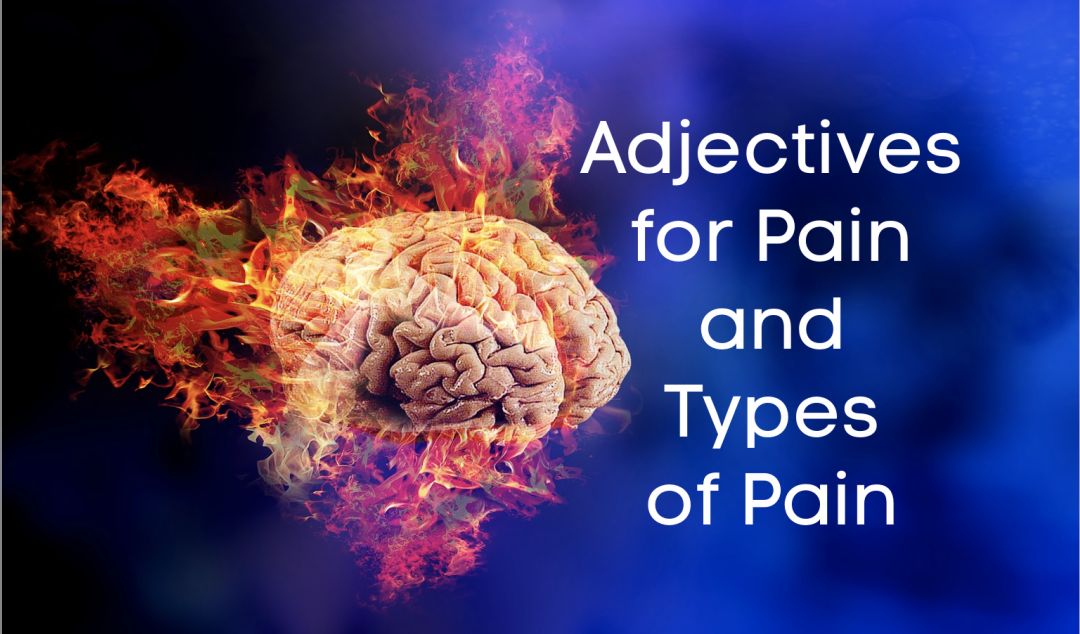
A – abysmal, abscessed, aching, agonizing, annoying, arduous, atrocious, awful
B – beating, bile churning, biting, blinding, blistering, bone-crushing, bone-shattering, bruised, burning
C – chronic, cold, clawing, considerable, constant, convulsive, cramping, cruel, crushing, cutting
D – deep, debilitating, dire, dolorous, dreadful, drilling, dull
E – electric, extreme, eye watering, excruciating, exhausting, eviscerating
F – ferocious, fierce, fiery, flashing, frightful
G – galling, grave, grievous, gnawing, griping, gripping
H – harrowing, heavy, horrible, hot
I – indescribable, inescapable, inflammatory, insistent, insufferable, intense, intermittent, intolerable, intractable, irksome
J – jabbing, jolting, jumping
K – killer
L – laborious, lacerating, lancinating
M – mind-numbing, miserable
N – nagging, nauseating, needling, numbing
O – obnoxious
P – paralyzing, penetrating, persistent, piercing, pins and needles, pinching, pounding, pressing, prickly, pulsing, punishing
Q – quivering
R – racking, radiating, rasping, rattling, raw, ripping
S – scalding, sense-shattering, severe, sharp, searing, sharp, shocking, shooting, shredding, sickening, sizzling, smarting, splitting, sore, spreading, squeezing, stiff, stinging, stunning, stabbing, suffocating, superficial
T – taught, tearing, tedious, tender, terrifying, tight, tingling, tiring, throbbing, toilsome, tormenting, torturous, tugging
U – ulcerating, unbearable, unendurable, unholy, unpleasant, unspeakable
V – vexatious, vice like, violent, visceral, vicious
W – wrenching, wretched
Types of Pain
Acute
Acute pain means the pain is short in duration (relatively speaking), lasting from minutes to about three months (sometimes up to six months). Acute pain also tends to be related to a soft-tissue injury or a temporary illness, so it typically subsides after the injury heals or the illness subsides. Acute pain from an injury may evolve into chronic pain if the injury doesn’t heal correctly or if the pain signals malfunction. (1)
Chronic pain
Chronic pain is longer in duration. It can be constant or intermittent. For example, headaches can be considered chronic pain when they continue over many months or years – even if the pain isn’t always present. Chronic pain is often due to a health condition, like arthritis, fibromyalgia, or a spine condition. (1)
Neuropathic pain
Neuropathic pain is due to damage to the nerves or other parts of the nervous system. It is often described as shooting, stabbing, or burning pain, or it feels like pins and needles. It can also affect sensitivity to touch and can make someone have difficulty feeling hot or cold sensations. Neuropathic pain is a common type of chronic pain. It may be intermittent (meaning it comes and goes), and it can be so severe that it makes performing everyday tasks difficult. Because the pain can interfere with normal movement, it can also lead to mobility issues. (1)
Types of Neuropathic pain – (2)
Central pain syndrome – This syndrome is marked by chronic pain that stems from damage to the central nervous system. The damage can be caused by stroke, MS, tumors, and several other conditions. The pain, which is typically constant and may be severe, can affect a large part of the body or be confined to smaller areas such as the hands or feet. The pain often can be made worse by movement, touch, emotions, and temperature changes. (2)
Complex regional pain syndrome – This is a chronic pain syndrome that can follow a serious injury. It’s described as persistent burning. Certain abnormalities such as abnormal sweating, changes in skin color, or swelling may be noticed in the area of the pain. (2)
Diabetic peripheral neuropathic pain – This pain comes from nerve damage in the feet, legs, hands, or arms caused by diabetes. Individuals with diabetic neuropathy experience various kinds of pain including burning, stabbing, and tingling. (2)
Shingles and postherpetic neuralgia – Shingles is a localized infection caused by the same virus that causes chickenpox. The rash and associated pain, which can be debilitating, occurs on one side of the body along the path of a nerve. Postherpetic neuralgia is a common complication in which the pain from shingles lasts more than a month. (2)
Trigeminal neuralgia – This condition causes pain as a result of inflammation of a facial nerve. The pain is described as intense and lightning like, and it can occur in the lips, scalp, forehead, eye, nose, gums, cheek, and chin on one side of the face. The pain can be set off by touching a trigger area or by slight motion. (2)
Nociceptive pain
Nociceptive pain is a type of pain caused by damage to body tissue. People often describe it as being a sharp, achy, or throbbing pain. It’s often caused by an external injury. For example, if you hit your elbow, stub your toe, twist your ankle, or fall and scrape up your knee, you may feel nociceptive pain. This type of pain is often experienced in the joints, muscles, skin, tendons, and bones. It can be both acute and chronic. (1)
Radicular pain
Radicular pain is a very specific type of pain can occur when the spinal nerve gets compressed or inflamed. It radiates from the back and hip into the leg(s) by way of the spine and spinal nerve root. People who have radicular pain may experience tingling, numbness, and muscle weakness. It’s commonly known as sciatica because the pain is due to the sciatic nerve being affected. This type of pain is often steady, and people can feel it deep in the leg. Walking, sitting, and some other activities can make sciatica worse. It is one of the most common forms of radicular pain. (1)
Radiculopathy – Pain that radiates from the back and into the leg. (1)
There ya go! For more tidbits on fighting, follow me on the IG @carla.c.hoch or #fightwrite
Until the next round, get blood on your pages!
(1) beaumont.org/services/pain-management-services/types-of-pain
(2) webmd.com/pain-management/guide/pain-types-and-classifications(2)





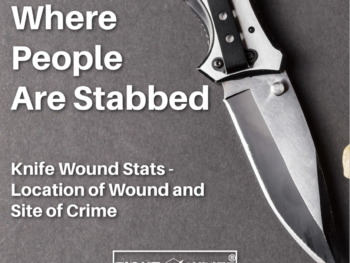


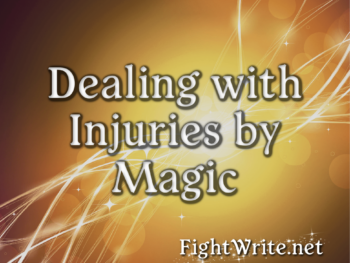
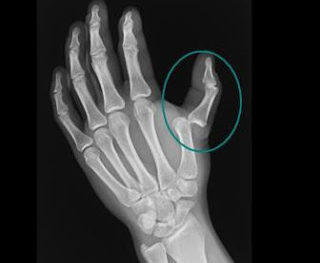
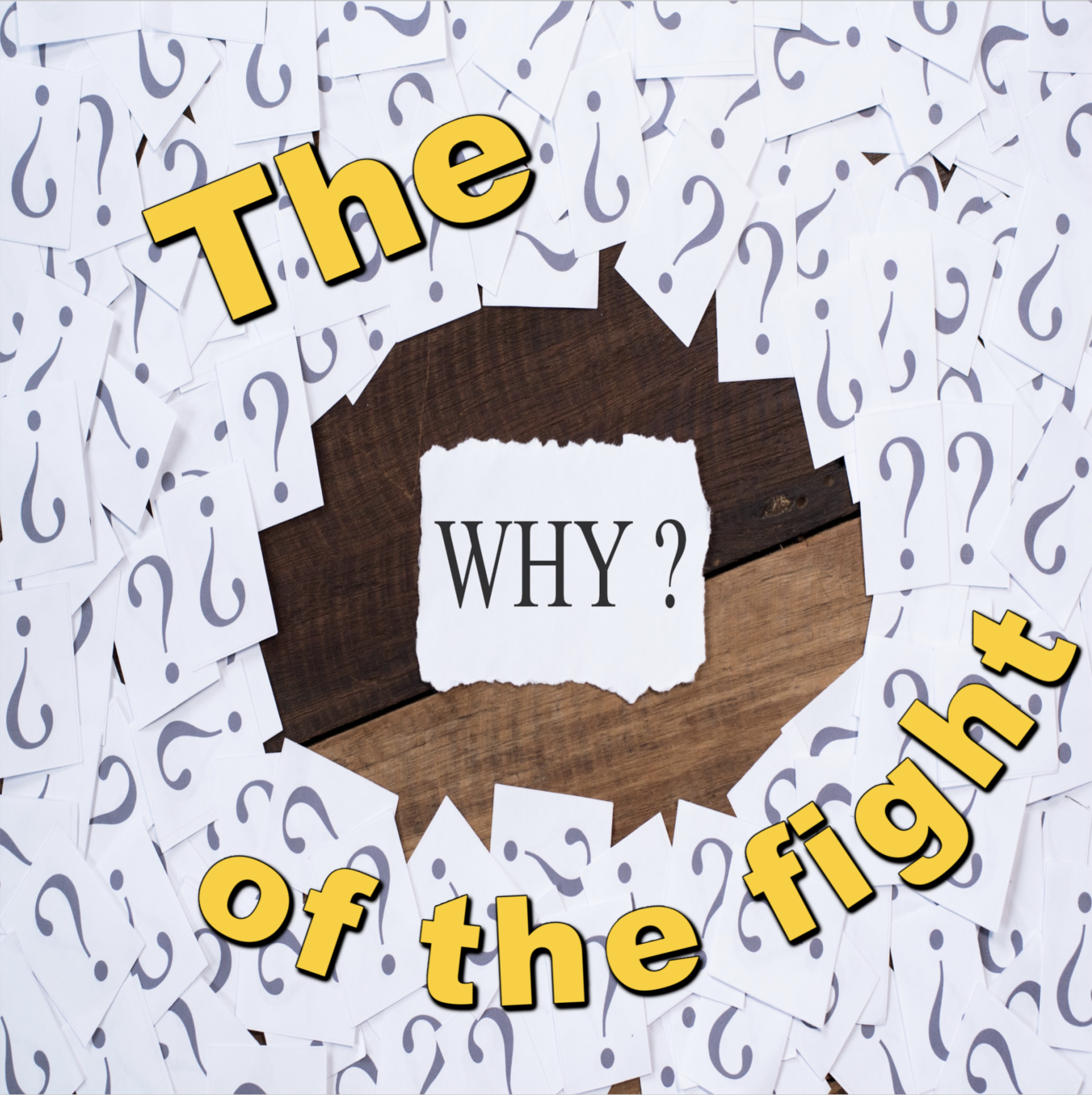

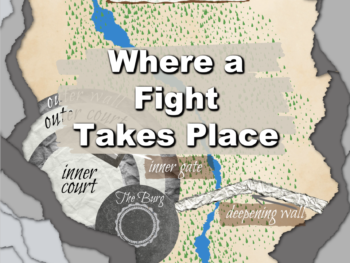

Merely wanna input that you have a very decent web site, I like the pattern it really stands out.
Some truly wonderful work on behalf of the owner of this internet site, utterly great articles.
I really enjoy looking at on this website, it contains fantastic content. “A short saying oft contains much wisdom.” by Sophocles.
of course like your web-site but you need to check the spelling on quite a few of your posts. Many of them are rife with spelling issues and I find it very troublesome to tell the truth nevertheless I will certainly come back again.